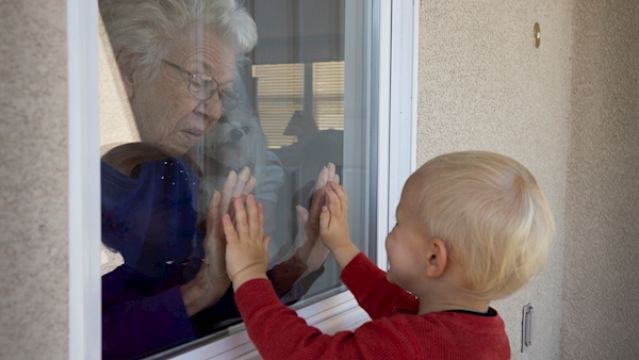The 14-day incidence rate of cases per 100,000 in European countries slumped in June and July due to strict lockdown restrictions across the continent but began to rise once again in August as these restrictions were lifted.
In Ireland, the 14-day incidence rate per 100,000 on September 20th was 61.3 according to data from the European Centre for Disease Control and Prevention (ECDC), while it was just 2.7 on July 3rd.
The most startling indication that a second wave may be on the way, if it has not already arrived, can be seen in the figures recorded in Spain and France.
Both countries are currently reporting figures higher than those recorded during the first wave of the virus back in April and May.
nWviA
Spain and France are extreme, but not alone in this trend, with the Czech Republic, Malta, Romania, Croatia, Hungary and the Netherlands all recording higher incidence rates of the virus now than in April and May.
The UK, Belgium, Austria and Portugal’s figures are also trending upwards, nearing their respective peak levels recorded at the end of spring.
Although Ireland’s incidence rate peak of 213.0 on April 23rd was among the highest in Europe, the arrival of a second wave here seems to have been delayed compared to other countries.
However, our figures are now trending upwards once again.
cXHUM
Similarities have been drawn between the waves of the 1918 Spanish flu and the current Covid-19 pandemic.
In Ireland, the second and third waves of the Spanish flu proved to be almost twice as deadly as the first wave of the disease.
In Belfast, the second wave of deaths peaked almost two weeks after celebrations on November 11th 1918, in which large crowds had gathered all across Europe to celebrate the end of the First World War.
The first wave of Spanish flu peaked around June and July of 1918 in Dublin and Belfast, the second wave coming in October/November, before the third wave in March 1919, which was equally as devastating in Dublin as the second wave, but markedly reduced in Belfast.
trVtR
Although the mortality rate of Covid-19 has remained relatively low in Ireland despite the dramatic increase in infections, public health officials have warned that if the virus continues to spread at such a rapid pace, the death toll will spike again.
Nine people died last week on account of the virus, whereas no deaths were recorded during the week beginning July 27th, or the week beginning August 31st.
Speaking to RTÉ, Minister for Higher Education Simon Harris said that Ireland still has time to tackle the rate of infection before it causes the death rate to increase dramatically.
“There is a very, very narrow window here now, where we the Irish people have a choice.
“We’re at a crossroads. This could go one of two ways. We have to act now to make sure we do not go back to where we were in March or April.”







